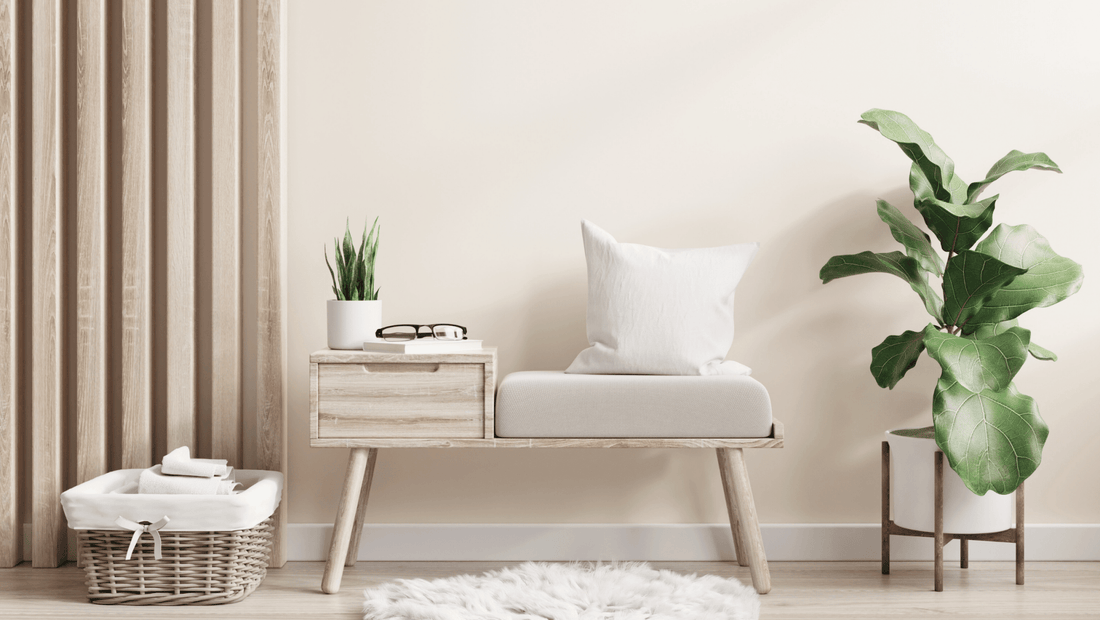
In the vast, colorful spectrum of interior design, one choice has been steadily gaining prominence: natural paint. This eco-friendly alternative to synthetic paints, even those claiming to be 'green' or boasting low Volatile Organic Compounds (VOC) content, is increasingly being favored by discerning homeowners and designers alike. But why is this shift happening? Let's delve into the merits of choosing natural interior paint and how it can dramatically transform your living space and well-being.
A Breath of Fresh Air
In an era where sustainability and health are paramount, natural paint has emerged as a breath of fresh air, quite literally. Made from naturally occurring raw materials such as clay, chalk, and natural pigments, these paints do not emit harmful chemicals into the environment during their production or application. Unlike synthetic paints, which often include petrochemical derivatives and toxins, natural paints provide a clean, breathable atmosphere within your home.
Synthetic paints, even those touting low VOC content, can still release harmful compounds into the air over time. VOCs are linked to a range of health issues, from allergies and respiratory problems to more severe conditions like organ damage and cancer. Natural paints, on the other hand, present a compelling alternative. Their composition ensures a healthier indoor environment, making them an ideal choice for homes with children, pets, or individuals with sensitivities to chemicals.
The Eco-friendly Edge
Beyond the health benefits, natural interior paint also boasts impressive environmental credentials. The extraction and processing of raw materials for natural paint often have a lower carbon footprint than the manufacture of synthetic paints. Plus, natural paints are biodegradable and don't contribute to landfill waste or water pollution once discarded.
Conversely, while some synthetic paints may claim to be 'greener,' they often fall short in practice. The production process, disposal, and the long-term release of chemical compounds can all contribute to their environmental impact. Despite improvements in formulation and marketing claims of low VOC content, synthetic paints are fundamentally derived from non-renewable resources and carry an inherent environmental cost.
Aesthetically Pleasing
Natural paint is not just about health and environment; it's also about aesthetics. The natural makeup of the formulas can offer a depth of finish that synthetic counterparts struggle to match. The result is a rich, complex finish that changes subtly with the light, adding character and warmth to your interior spaces.
Moreover, natural paints work harmoniously with other eco-friendly materials like limewash, plaster, or wood, enhancing their natural beauty rather than masking it. This allows for a more organic design aesthetic, aligning with the growing trend towards biophilic design and our innate desire to connect with nature.
The Bottom Line
Choosing natural interior paint over synthetic options is a decision that positively impacts your health, the environment, and the aesthetic appeal of your home. While it may require a slightly higher initial investment, the long-term benefits make it a choice worth considering.
In conclusion, natural paint offers an elegant solution to the age-old problem of balancing beauty with responsibility. It's a testament to the power of nature – to provide not just the palette but also the medium for our creative expressions, while safeguarding our health and the planet we call home. So next time you're staring at swatches for your home makeover, remember: going natural might just be the most vibrant choice you can make.

